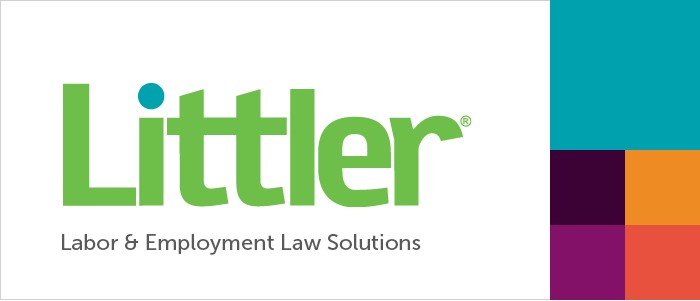
Despite significant concern from some lawmakers and the business community, the Department of Labor sent its final rule revising white collar overtime exemption regulations to the White House Office of Management and Budget (OMB) on Monday. OMB review is the last step in the regulatory process before publication in the Federal Register. The average review period typically lasts four to six weeks, which could mean the final rule will be published this spring, as opposed to around Labor Day, the target date many Hill watchers had assumed.
It is not known at this point whether the final rule will resemble the proposal issued last July. The proposed rule would, among other changes, increase the salary level triggering the Fair Labor Standards Act "white collar" exemptions. Specifically, the minimum salary level for the administrative, executive, and professional exemptions would be set at the 40th percentile of weekly earnings for full-time employees. By the time the rule is issued, it is predicted this salary will equal $970 per week or $50,440 per year. This amount would automatically be increased per year based on either a percentile of weekly earnings or inflation. The proposal also sought to raise the compensation requirement for the highly compensated employee exemption, and asked for input on whether the duties test should be amended.
The DOL's apparent urgency to move this rulemaking forward is likely due to election year politics. After a major rule is published, Congress has a 60-day period in which to evaluate it under the Congressional Review Act before the measure takes effect. As has happened with other controversial rulemakings, lawmakers can vote on a resolution of disapproval to try to nullify the regulation. If this happens this year, President Obama would almost certainly veto the resolution. Because this is an election year, however, there is no telling what the next President will do, particularly if a Republican takes office. If the process is expedited, however, President Obama will have a greater chance of ushering the rule to implementation.
What does this mean for employers? The timeline for compliance has almost certainly moved up. While the details and ultimate publication date of the final rule are not yet known, the changes made by the final measure will no doubt have an enormous impact on most employers. The time to start planning is now.